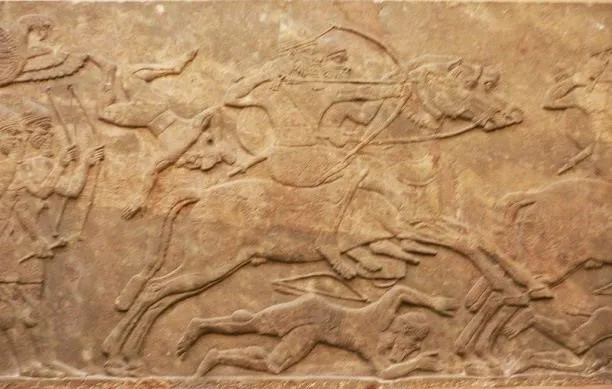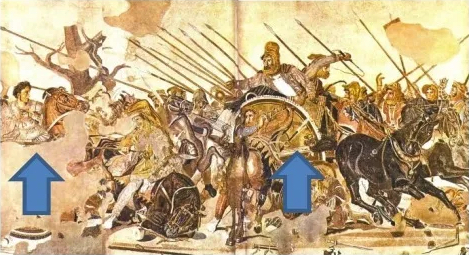September 22nd, 2016
19. Why do you often translate the term which many other translations render “horsemen” as “charioteers”?

An interesting issue in the translation of battle scenes and military rosters is at what point of military history we can begin to refer to horseback riders and cavalry. All the way down through the times of Ahab in the seventh century BC, in both biblical and secular sources we have no evidence for any significant action by cavalry. The mobile forces are chariots not cavalry. At about this time, Assyrian reliefs picture soldiers shooting bows from horseback. At first horsemen functioned as mobile, mounted infantry, who served as scouts and perhaps as pursuit forces, but not as attack forces to win pitched battles. It seems clear that battles were fought by chariots not cavalry, though some survivors may have fled on horseback. The first really significant use of cavalry as a major component of winning battles in the ancient Near East was by Alexander the Great. It perhaps significant that Alexander is pictured on horseback, but the Persian king fights from a chariot, which was already becoming obsolete except in parades and on race tracks.

The translation issue then is how we should translate the Hebrew word parosh. When is it charioteers and when is it horsemen? Since the battles recorded in the Old Testament involve chariots not cavalry, it seems that parosh should usually be translated charioteer rather than horseman. The term charioteers includes drivers and the archers or spearmen who fought from the chariot.
1 Kings 20:20 may be the first clear reference to flight on horseback, but verse 21 makes it clear that this battle too was a chariot battle rather than a cavalry battle. It seems clear that the four horsemen in Zechariah 1 are mounted riders, but they are scouts more that attackers. In most texts the ratio of paroshim to chariots is appropriate for the paroshim to be chariot crews. So in the absence of evidence for cavalry action and in the presence of clear evidence for the dominant role of chariots, EHV often translates parosh as charioteer. This case illustrates the need for translators to look beyond dictionary meaning listed for a word to the context both in the text and outside of the text.